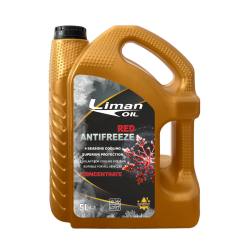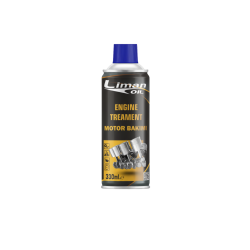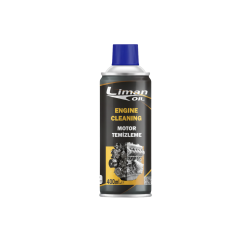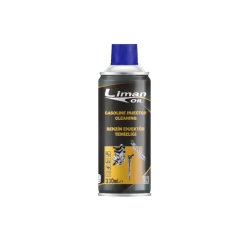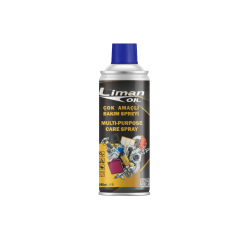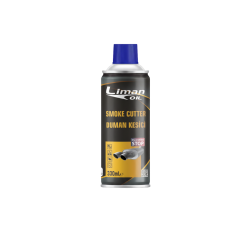ANTIFREEZE GREEN (-37 / -56 / CONCENTRATE) SERIES
From the same brand
ANTIFREEZE BLUE (-37 / -56 / CONCENTRATE) SERIES (Si-OAT – Silicate Enhanced Organic Acid Technology)It contains both organic and inorganic..
₺0
Prix hors taxes : ₺0
ANTIFREEZE YELLOW SERIES(HOAT – Hybrid Organic Acid Technology)It is a balanced combination of organic and inorganic inhibitors. It provides lon..
₺0
Prix hors taxes : ₺0
ANTIFREEZE RED (-37 / -56 / CONCENTRATE) SERIES – Organic Acid Technology)It is a long-lasting, organic acid-based antifreeze. ..
₺0
Prix hors taxes : ₺0
Product DescriptionEngine Treatment is a premium engine additive designed to improve engine performance, reduce friction and wear, and extend engine l..
₺0
Prix hors taxes : ₺0
ENGINE FLUSHProduct DescriptionEngine Cleaner is a specially formulated product designed for cleaning and degreasing vehicle engines. It effectively r..
₺0
Prix hors taxes : ₺0
GASOLINE INJECTOR CLEANER
Product Description
Fuel Additive & Injector Cleaner is a
high-performance product designed to clean an..
₺0
Prix hors taxes : ₺0
DIESEL
PARTICULATE FILTER CLEANER
A specially formulated product that cleans soot and deposits in the diesel
particulate filter (DPF), restoring th..
₺0
Prix hors taxes : ₺0
MULTI-PURPOSE MAINTENANCE SPRAYProduct
DescriptionMulti-Purpose Maintenance Spray is a versatile
product that provides protection and lubricat..
₺0
Prix hors taxes : ₺0
SMOKE CUTTERProduct DescriptionEconomizer
Oil & Smoke Reducer is a specially formulated additive designed to reduce
excessive oil consumption an..
₺0
Prix hors taxes : ₺0












